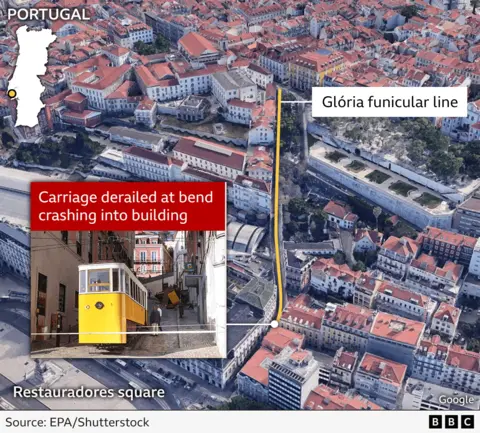In an evocative return to his mother’s legacy, Prince Harry embarked on a significant journey through a partially cleared minefield in Cuito Cuanavale, Angola, a revisit of Diana, Princess of Wales’s poignant 1997 exploration. His visit underscores the troubling resurgence of discussions related to the use of land mines globally, amid assertions from several nations that they need these weapons for enhanced security.
In 1997, Princess Diana, donned in body armor and surrounded by distressing warnings, spotlighted the enduring devastation caused by land mines in war-torn Angola. This initiative helped facilitate the United Nations’ 1997 global treaty that banned anti-personnel land mines, significantly diminishing worldwide production and leading to extensive stockpile destruction. However, the landscape has dramatically shifted. During his recent trip, Prince Harry participated with The Halo Trust, destroying two anti-tank mines in what is reported to be Africa's largest remaining minefield, a stark reminder of the dangers that persist despite clearance efforts.
The relevance of Harry's visit was marked by the recent news that five nations, including Poland and Estonia, announced their withdrawal from the international treaty, citing heightened regional security threats stemming from the ongoing Ukraine conflict. This shift signals potential increased use of land mines, particularly in already conflict-affected areas, leading to renewed fears about the catastrophic impact of these indiscriminate weapons, especially on civilian populations including children.
According to The Halo Trust, since 2008, around 60,000 people have been killed or injured by land mines in Angola, emphasizing an urgent need for continued advocacy and action to mitigate these lingering threats.
In 1997, Princess Diana, donned in body armor and surrounded by distressing warnings, spotlighted the enduring devastation caused by land mines in war-torn Angola. This initiative helped facilitate the United Nations’ 1997 global treaty that banned anti-personnel land mines, significantly diminishing worldwide production and leading to extensive stockpile destruction. However, the landscape has dramatically shifted. During his recent trip, Prince Harry participated with The Halo Trust, destroying two anti-tank mines in what is reported to be Africa's largest remaining minefield, a stark reminder of the dangers that persist despite clearance efforts.
The relevance of Harry's visit was marked by the recent news that five nations, including Poland and Estonia, announced their withdrawal from the international treaty, citing heightened regional security threats stemming from the ongoing Ukraine conflict. This shift signals potential increased use of land mines, particularly in already conflict-affected areas, leading to renewed fears about the catastrophic impact of these indiscriminate weapons, especially on civilian populations including children.
According to The Halo Trust, since 2008, around 60,000 people have been killed or injured by land mines in Angola, emphasizing an urgent need for continued advocacy and action to mitigate these lingering threats.






















